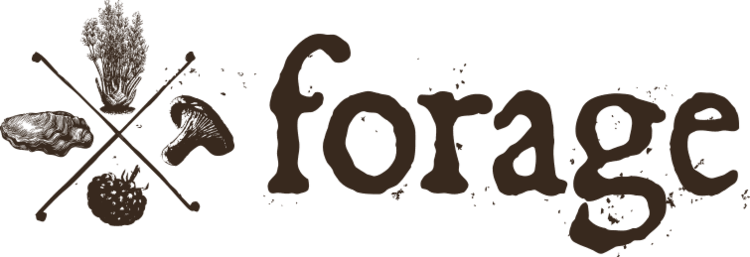Finding Northern California’s Birch Bolete Mushrooms!
Looking to get into mushroom foraging? Northern California is a great place to start. This part of the country is home to a variety of delicious wild edible mushrooms. There are plenty of good reasons to hunt for mushrooms.
For starters, it’s always nice to find a new motivation to spend more time outside. Fresh mushrooms can be added to many kinds of food dishes, or simply enjoyed on their own. Mushrooms are packed with nutrients and can be a super beneficial addition to a diet. Lastly, learning how to identify wild mushrooms is a fun and rewarding endeavor.
A lot of people have difficulty choosing where to start. The best thing you can do is read about wild edible mushrooms in your area. This will give you an idea of what is out there and will help you know where to look. In no time at all, you can have a great understanding of the local fungi.
Birch Bolete mushrooms are great for eating. They belong to the Boletaceae family and are also known as Rough-Stemmed Bolete and Scaber Stalk. The caps of Birch Bolete are broad and meaty. The color ranges from dull-tan brown to a medium brown. Starting out hemispherical, the caps flatten out with age as they do with many mushrooms. Meanwhile, the spores start out as white but turn grayer as the mushroom ages.
They grow alone or in scattered groups under ornamental birch. Since these trees have been planted in this part of the country, California Birch Bolete mushrooms are mostly restricted to urban areas. It is not a native mushroom to Northern California, but still delicious nonetheless. This European species has been introduced to many parts across the world.
The tasty white flesh of Birch Bolete mushrooms is white and does not change in color when sliced. However, when cooked, the flesh becomes black. There are plenty of ways to enjoy Birch Bolete mushrooms. They can be pickled in a brine or vinegar, which turns them into a long-lasting snack. You can also steam them or fry them and add them to a variety of dishes. Some people believe that their flavor improves after they have been dried.
In California, they are often found fruiting near Lactarius Pubescens, which is another type of wild mushroom. While there are cases of these mushrooms being eaten in Russia after they’ve been boiled, we recommend staying away from Lactarius Pubescens. These mushrooms, which are also known as the Downy Milk Cap, can cause gastro-intestinal upsets.
When foraging for edible mushrooms, you must proceed with caution. Unfortunately, a lot of edible mushrooms can be mistaken for toxic ones. Before you eat a mushroom, you have to be absolutely positive that it is the right species. So long as you do your homework and consult an expert when needed, there is a lot to gain from foraging for wild edible mushrooms. Northern California’s Birch Bolete is a great place to start!
Want to find your own? We have mushroom foraging classes all season in Marin, Sonoma, and the Santa Cruz Mountains.

